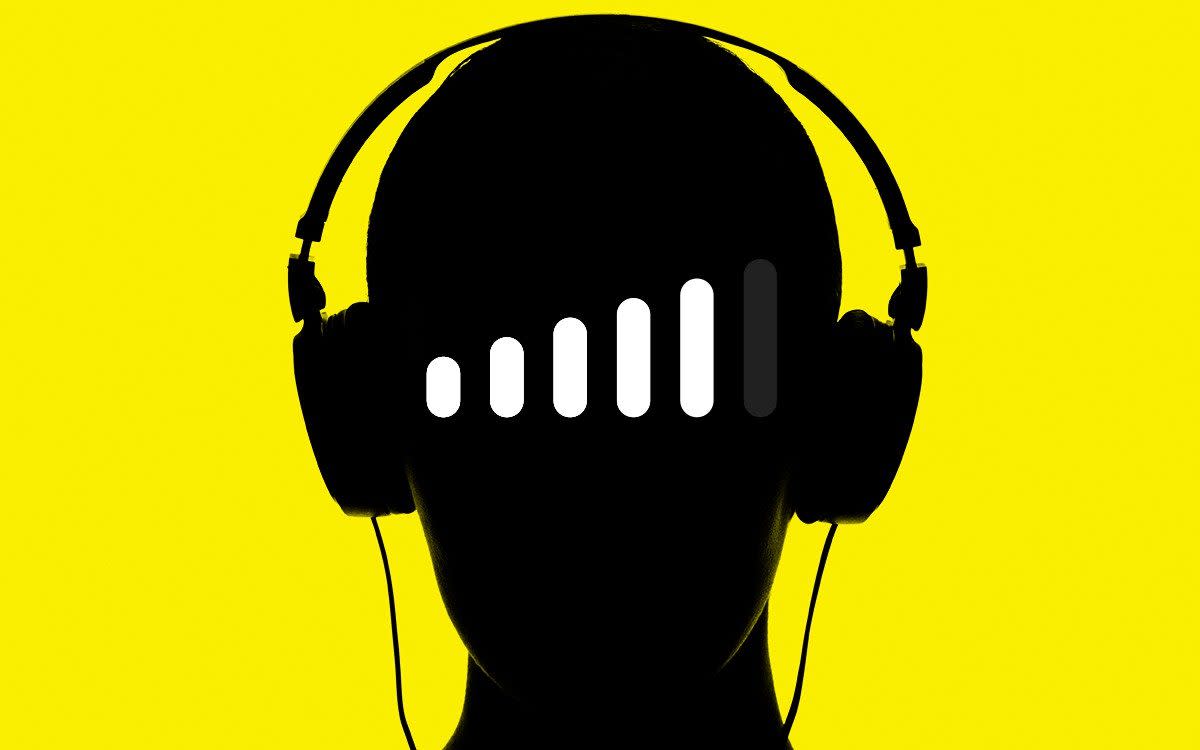Half of under-35s 'left with poor hearing from loud headphones'


Exposure to loud noises from headphones and commuting is leaving half of under-35s with poor hearing, a study has found.
Experts said the extent to which loud or prolonged exposure to noise is causing irreversible damage to young people’s ears was an “emerging crisis”.
Data from more than 1,000 people aged 16 to 35 collated between June and October 2023, found that 49 per cent had “less than normal hearing” levels expected and that it was affecting their quality of life.
A quarter of under-35s had hearing loss while a further two in five had “probable” hearing loss, according to analysis of clinical tests by hearing health company eargym.
Just 40 per cent had no sign of hearing loss, with the remainder undetermined.
‘Speech-in-noise’ test
The test used was a “speech-in-noise” activity, which requires participants to identify three numbers against a background of noise, multiple times and at a range of volumes, giving them a score called a signal-to-noise ratio.
It was corroborated by a clinical questionnaire called the Amsterdam Inventory for Auditory Disability and Handicap (AIADH), which found that half of under-35s had difficulty hearing, particularly in the categories “intelligibility in noise” and “auditory localisation”.
This means hearing speech in noisy environments, such as following conversation against loud backgrounds and identifying lyrics in music, and being able to identify where a sound is coming from, such as the direction of a travelling car.
Amanda Philpott, a former local NHS chief executive, hearing-aid user and co-founder and chief executive of eargym, told the Telegraph that asking someone these types of questions about their hearing “can really give a clear clue about whether or not you’re starting to experience the early signs of hearing loss from wear and tear”.
‘Urban environment noise’ also a cause
Ms Philpott said the increase in hearing damage among young people is principally because of “unsafe listening”, but also “urban environment noise” from construction, roads and trains or tubes.
“We see headphone use is pretty much ubiquitous, and we tend not to take our headphones off. We tend to listen to music or podcasts a bit more loudly than we should, and we don’t take enough breaks,” she said. “We have around 18,000 hair cells in our cochlea and those are the bits that get damaged that we can’t regrow.
She likened the damaging of hair cells to walking the same route across the lawn without giving the grass a break.
“If you walked around the path occasionally or just didn’t walk on the grass sometimes then the path would be less pronounced, and it’s a little bit like that for our hair cells. We pound them with noise and we don’t give them a break and chance to recover so they die,” she said.
60/60 rule
Ms Philpott suggested people follow the 60/60 rule, listening at 60 per cent volume, for no more than 60 minutes at a time.
Several studies have linked hearing loss with neurodegenerative conditions like Alzheimer’s disease. Experts at the University of Oxford said it could be the biggest single risk factor for dementia.
Ms Philpott explained that hearing loss leads to social isolation, which can cause mild-cognitive impairment and then dementia.
“We lose our high frequencies first, and so we lose the sibilance, the ‘s’ sounds at the beginning and end of words, and so it starts to sound like people are mumbling,” she said.
“It’s more difficult for me to distinguish what you’re saying against the environmental sounds in the background and so I have to concentrate, watch your lips move, and the listening effort and cognitive load of listening when the hardware is failing, tires me out, and so I stop going to those environments, I start to withdraw from social interactions, which affects my mental health and also therefore my cognitive health.”

